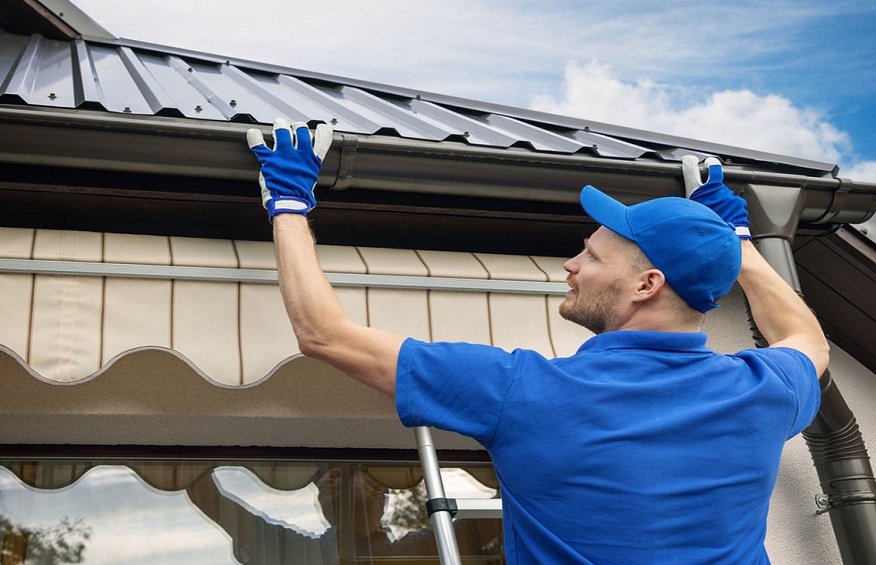Expert Tips for Successful Gutter Installation
Not installing gutters properly can lead to a range of issues, including leaks, overflow, and structural damage. To ensure a successful gutter installation and enjoy the benefits they provide, it’s essential to follow expert tips and guidelines.
Tools and Equipment
Successful gutter installation means using all the right tools and equipment, and more importantly having them at your disposal as and when they are required. Here are some essential items:
- Gutter sections and connectors
- Gutter hangers or brackets
- Measuring tools
- Cutting tools
- Drill and fasteners
- Sealant and caulking gun
- Ladder and safety equipment
Gutter Installation Process
With the necessary tools at hand, you can now start installing the gutters. Follow these steps for a successful installation:
Measuring and marking the gutter placement
- Begin by measuring the roof edges and marking the positions where the gutters will be installed. Use a chalk line or pencil to create clear reference lines.
- Take into account the necessary slope for water flow. We recommend a gradient of about a quarter inch per 10 feet to ensure proper drainage. Mark this slope on the fascia board.
Cutting and preparing the gutter sections
- Using the measurements you obtained earlier, cut the gutter sections to the appropriate lengths. Be sure to follow the marked lines precisely for a clean and professional appearance.
- If necessary, make additional cuts to accommodate corners, downspouts, and any other obstructions. Take your time to ensure precise cuts that fit seamlessly together.
Attaching the gutter hangers or brackets
- Begin by attaching the gutter hangers or brackets to the fascia board, following the manufacturer’s instructions. Ensure proper spacing between hangers to provide adequate support for the gutters.
- Use a level to ensure the hangers are perfectly aligned, both horizontally and vertically. This step is crucial for maintaining a straight and level gutter system.
Securing the gutter to the hangers
- Once the hangers are in place, carefully position the gutter sections onto them. Start at one end and work your way along, aligning the sections with the hangers as you go.
- Secure the gutter sections to the hangers using screws or nails, depending on the hanger type and material. Make sure the gutters are firmly attached but avoid over-tightening, as it may damage the gutter material.
Creating proper gutter slope for water flow
- Check the slope of the gutters using a level or a string line. Adjust the hanger positions if necessary to achieve the desired slope towards the downspouts.
- It’s important to maintain a consistent slope throughout the gutter system to ensure efficient water flow and prevent water pooling or overflowing.
Installing downspouts and extensions
- Determine the appropriate locations for downspouts based on your pre-installation planning. Mark these spots on the gutters and the wall where the downspouts will be attached.
- Cut the downspout sections to the required lengths, ensuring they extend at least a few inches below ground level to facilitate proper drainage.
- Attach the downspout sections to the gutters and secure them with screws or rivets. Use elbows and adapters as needed to redirect the water flow away from the foundation.
- Install downspout extensions, if necessary, to carry the water even farther away from your home. Ensure the extensions are securely connected to the downspouts and sloped to promote water drainage.
Conclusion
Proper gutter installation is essential to protect your home from water damage and maintain its structural integrity, according to the gutter experts at AD Green Gutters and Screens in San Fernando. Gutter installation doesn’t have to be a mammoth task if you use the right tools and materials and follow best practices throughout the installation process.


